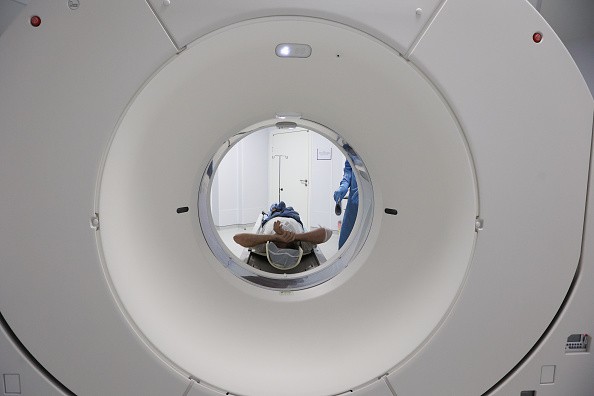MRI scanners can reveal a lot of useful things about the human body, especially a sick one. But this specific scanner is showing something a bit different, which is quite interesting.

The MRI scan in question is that of a beatboxer doing his thing. Now, beatboxing is an amazing skill in its own right. Surely, you've seen all those Got Talent videos featuring beatboxers, who manage to do what they do with the clever use of their mouth--mostly their tongue.
In an article, IFLScience posted a YouTube video of the MRI scan of beatboxer Timo Schnepf, and you'll see just how skillfully he uses his tongue for beatboxing:
With the MRI scan, the beatboxer's tongue was shown in incredible detail while at work. You can see it contort and move in several ways previously unimaginable. They use these movements to create an immense variety of sounds that can actually mimic real percussive instruments in a lot of ways.
Furthermore, some of the best beatboxers can even produce sounds that are completely unique from those found in any known language, according to a study from the University of Southern California (as reported by IFLScience).
While this isn't exactly life-changing stuff, it does present an interesting view of how the human mouth is able to produce the sounds it needs for speech. This would've been very valuable to the people who were the first to attempt to make a robot mouth, which turned out to be quite terrifying and weirdly amazing at the same time. You can check out this YouTube video if you're mighty curious about it:
Read also: Prostate Cancer Screening Improvements Seen with MRI and Blood Test Combination: New Study
MRI Scans: How Do They Work?
The beatboxer's MRI performance video is quite an astounding feat of technology that sadly gets overlooked a lot of the time. Before MRI scanners, the only way to see into the human body's inner workings is to cut up a dead body and infer from the anatomy. But with an MRI scan, you can do it while the subject is alive. So, how does it do it?
MRI scanning works by tapping into the natural sensitivity of the human body to magnetic fields, according to NHS.uk. Inside an MRI machine, there's an array of powerful magnets. These magnets attract the protons in the body to one direction, much like how a piece of a magnet attracts a metal towards it.
To make the image, the machine then sends short radio wave bursts to knock the protons out of their alignment with the magnets. After that, the radio waves are turned off, which realigns the protons and makes them send out radio signals, which the MRI scanner's receivers get. It will then use a computer to interpret the signals and convert them into an image.
This technology is what allows an MRI scanner to help save lives by detecting illnesses such as cancer before it spreads and affects the other parts of the body.
This article is owned by Tech Times
Written by RJ Pierce
ⓒ 2025 TECHTIMES.com All rights reserved. Do not reproduce without permission.




